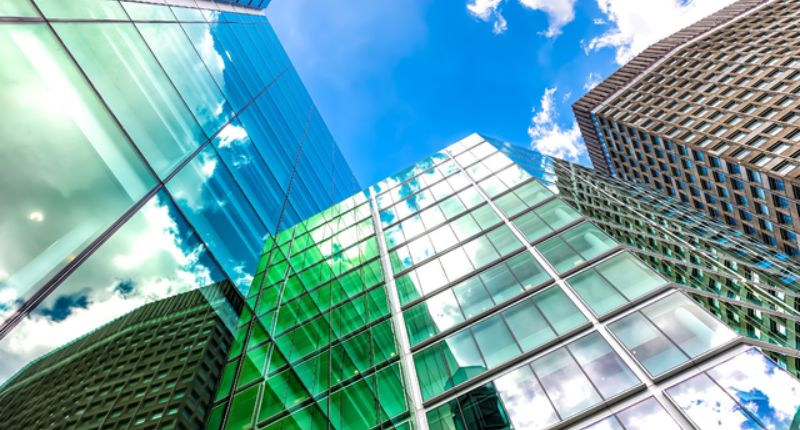
- More than one in eight (13%) of Premium or Grade A stock has a 4.5 star rating.
- Higher NABERS grades are associated with higher rent and occupancy.
- NABER upgrades can lower operating costs of office buildings.
CBRE’s latest NABERhood Watch research report has highlighted a unique green investment opportunity for office landlords. The report indicates that over 1.2 million square metres (sqm) of Premium or Grade A office space in Australia is due for energy efficiency improvements, critical in the current market where tenants prize quality and sustainability above all.
The last five years have seen a 22% jump in office stock with a National Australian Built Environment Rating System (NABERS) Energy rating of 5 stars or above. However, 13% of the Premium or Grade A stock lags behind, with a rating of 4.5 stars — which CBRE believes holds latent potential for upgrading.
Sameer Chopra, CBRE head of research, says, “This represents more than 1.2 million square metres of office space where there’s an opportunity to both ‘do good’ and tap into the growing pool of office occupiers prioritising ESG.”
“It’s also apparent that age is no barrier when it comes to ESG upgrades, with circa 43% of the NABERs rated ‘vintage’ offices built pre-2000 having a rating of 5 Stars or above.”
What is NABERS?
NABERS is a benchmarking tool used in Australia to measure and compare the environmental performance of buildings and tenancies. The key areas of the rating system are energy efficiency, water efficiency, waste management, and indoor environment quality.
Buildings rated under the system are given a star rating from 1 star to 6 stars, with 1 star representing poor performance and 6 stars representing market-leading performance.
Illustrative benchmark energy usage for sample 20,000 sqm office in Sydney

Saving the environment, saving money
As Australia works towards achieving net-zero emissions by 2050 and consumers are more conscious of their environmental impact, demand for green buildings has soared, leaving older, less efficient stock in the dust.
While the CBRE report makes no causal claims, it notes that buildings that score higher in NABERS energy ratings enjoy better building performance regarding occupancy, rents, and cap rates.
“Competition to attract the best tenants is another driver, with our analysis showing a 7% spread between the occupancy rates of buildings with 4 Star NABERS Energy ratings compared to their 5.5 Star and 6 Star peers. That widens to 24% for buildings rated 3 Star or less,” Chopra says.
Additionally, the report identified a 2% to 4% rent advantage for buildings that scored highly on the rating system when comparing buildings in each city’s CBD.
Rent premium/(discount) to same city peers and NABERS energy rating

“Our analysis also highlights a slight correlation between cap rates and NABERS ratings. There is a slight premium for 6 Star rated buildings and a slight discount for 4.0 Star rated buildings, although valuations are also impacted by location and cashflow strength,” Chopra opines.
In Perth, the evidence of rental premiums is incredibly compelling, with further growth potential given the Resources and Mining Services sector’s commitment towards environmental, social, and governance concerns (ESG).
Furthermore, with energy prices surging to new heights, the energy efficiency gains from NABER upgrades are invaluable, as energy costs account for about 10% to 15% of an office building’s operational cost.
“In today’s high energy cost environment, the business case is easier to justify,” Chopra adds.







